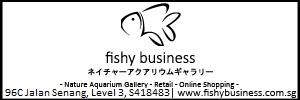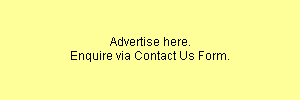Any time you see surface scum, whether it be oily, white, brown or green it means that your plants are trying to communicate with you. What they are saying is that they are not happy with you. This can occur just as easily in a non-injected tank. Plants naturally secrete carbohydrates and lipids into the water column as part of their natural metabolic processes. This is organic waste, and the higher the light/CO2 the more waste is produced. If there was no surface movement at all you would see some buildup. If nutrient uptake is poor or inefficient the plants become stressed and unhealthy. When this occurs ejection of lipids and organic waste becomes uncontrolled (think diarrhea or vomiting). Lipids are the basic building block of fats and oils so release of this product results in the oily film. Ejected carbohydrate and some proteins cause the other types of debris such as the brown detritus-looking floating particles. Bacteria often feed on this flotsam/jetsam since it is high in carbon. This film then becomes it's own floating world.
High filtration and/or high circulation is important - not just for breaking up the surface film but for distributing nutrients and CO2.
You need to feed your plants more than you are feeding them now. You also need to inject more CO2 than you are injecting now. Then the plants will stop bleeding and the rate of organic waste ejection will be lowered to reasonable levels. Levels that do not required stopgap methods such as airstones or turbofans or whatever. In the scene below I can easily induce some type of surface film merely by lowering either CO2 or nutrients or both.











 Reply With Quote
Reply With Quote





 ):
): to reduce the oily film just feed more nutrients.
to reduce the oily film just feed more nutrients. )
)
Bookmarks